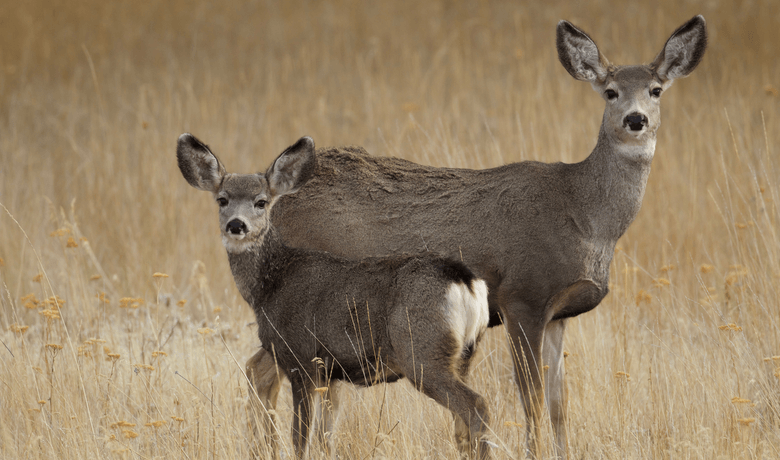Deer: Predation or Starvation

The dynamics of deer populations present a complex interplay between predation and starvation, each factor exerting distinct pressures on their survival. Predators are essential for maintaining ecological balance, yet the increasing fragmentation of habitats exacerbates the risks of starvation, particularly during harsh winters. As Deer: Predation or Starvation face the dual threats of predation and food scarcity, understanding the implications of these challenges becomes crucial for effective wildlife management. What strategies can be employed to navigate this precarious balance, and how might they influence broader ecological outcomes?
The Role of Predators
In the complex dynamics of deer populations, the role of predators serves as a critical regulatory mechanism.
Predator dynamics contribute significantly to maintaining ecological balance, as they control deer numbers and influence behaviors.
This regulation prevents overpopulation, which can lead to habitat degradation and starvation.
Effects of Habitat Loss
Habitat loss frequently emerges as a significant threat to deer populations, impacting their survival and reproductive success.
Habitat fragmentation disrupts migratory patterns and reduces access to essential resources, leading to food scarcity. As deer navigate smaller, isolated habitats, competition for limited food sources intensifies.
This environmental stressor ultimately compromises the health of deer populations, increasing vulnerability to predation and further declining reproductive rates.
Read Also Anime:3hpadcqsakc= Wallpaper
Winter Survival Challenges
During winter months, deer consistently face significant survival challenges that can severely impact their populations.
Their foraging behavior becomes increasingly critical as food availability diminishes due to snow cover and limited vegetation.
This scarcity forces deer to expend more energy in search of sustenance, leading to greater stress and potential starvation, ultimately influencing their reproductive success and long-term population viability.
Management Strategies for Deer
While understanding deer populations’ dynamics is crucial for effective wildlife management, employing targeted management strategies is essential to ensure their sustainability and mitigate the challenges posed by both predation and starvation.
Implementing population control measures, such as regulated hunting, can maintain ecological balance and stabilize reproductive rates, ultimately fostering healthier deer populations.
Thoughtful hunting regulations are vital in achieving these management objectives.
Conclusion
In the delicate balance of nature, Deer: Predation or Starvation symbolize resilience amidst adversity, yet their fate hangs precariously between the jaws of predators and the grip of starvation. Effective management strategies must serve as the guiding hand, ensuring that predator-prey dynamics remain intact while mitigating the impacts of habitat loss and winter hardships. The sustainability of deer populations not only reflects ecological health but also underscores the interconnectedness of species within their environments, highlighting the need for informed conservation efforts.




